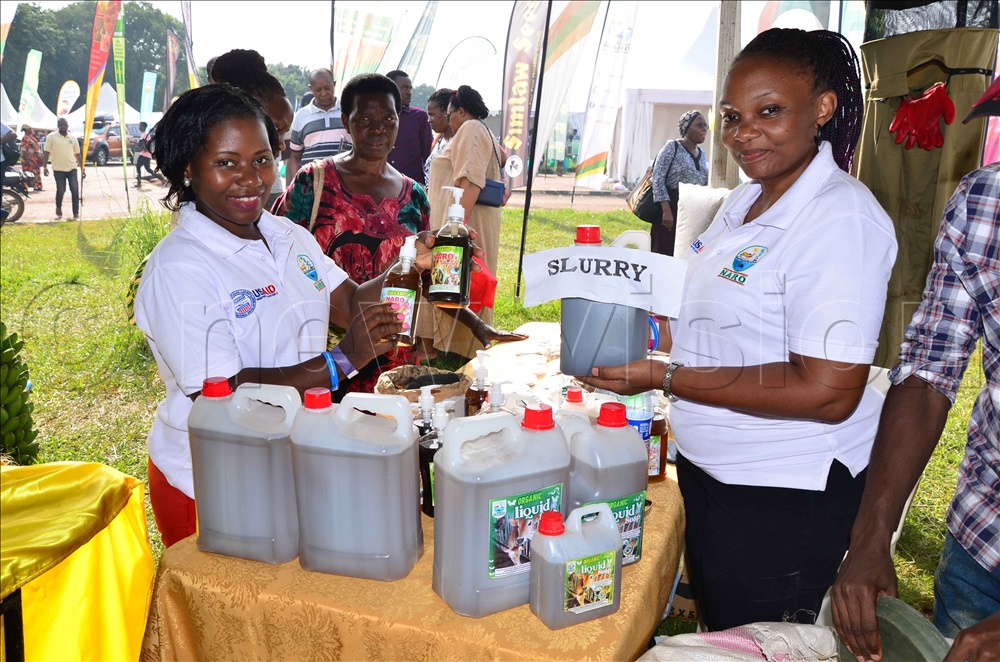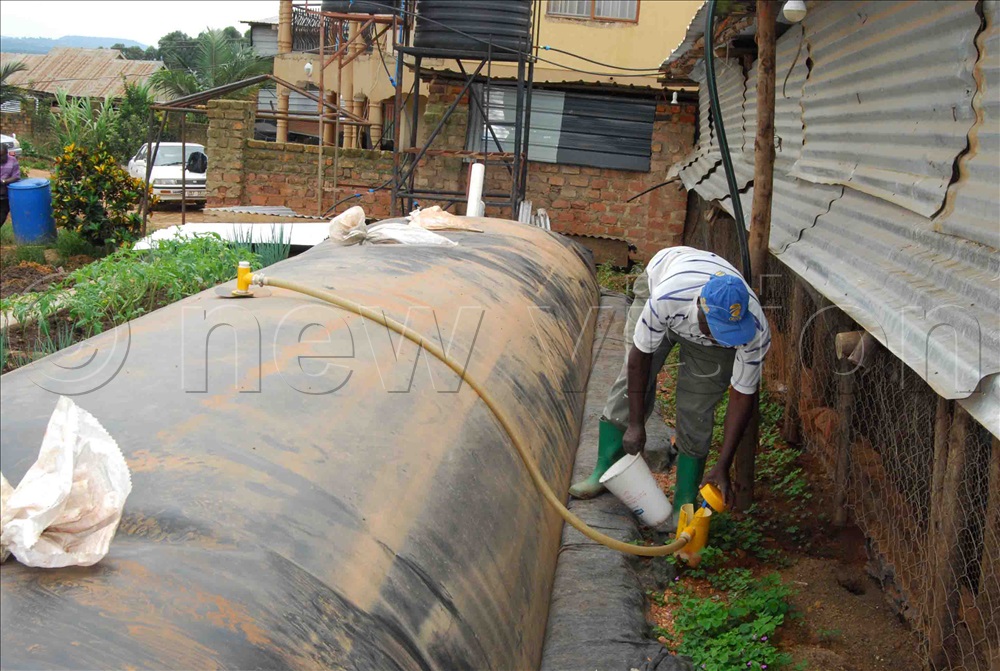By Herbert Musoke
“There is more money from cow dung than milk,” says Dr Jolly Kabirizi from Kyakuwa Farm.
She revealed this during the 2024 diary master class which took place at Sight Farm in Namulonge on Saturday, September 07.
She says that a well-fed cow produces about 30 kgs of manure a day making it 11 tons a year.

She explains that improper manure disposal causes environmental degradation, diseases and loss of valuable nutrients that could be added to the soil.
“Farmers must adopt the zero waste cattle dairy management (where cow dung is more than milk). You can get more money every day from cow dung than from milk,” she says.
Skincare products
Dr Kabirizi says the National Livestock Resources Research Institute (NaLIRRI ) has developed various bath and body care products such as face creams, shower gel, hand wash, shampoo, sanitiser, and liquid soap from cow dung.
In India, she says cow dung is used to produce skincare creams and ointments. Also, women mix cattle dung powder with neem powder and other materials to make soap which is effective in treating some skin diseases like eczema.
Biogas
Biogas is a renewable energy source which can be used for cooking and electricity.

Kabirizi Dr says It reduces expenditure on electricity, gas, firewood and charcoal. It, therefore, saves the environment and income.
Fertiliser, cooking
Cow dung can be used as a natural fertilizer in agriculture. She adds that it can be used to make insect repellent, animal feed pellets and cooking briquettes.
Dr Kabirizi says one can mix dry cow dung with water to make flat cakes (these are made in the shape of pancakes).
“Dry the flat cakes for 4-5 days. They (flat cakes) can be used for cooking, as fertiliser and a repel insects, ” says adding that if you are using them as a repellent, just light one, the smoke from it will chase away the insects.
Papers
According to Dr Kabirizi, cow dung can be used to make papers. The papers can be used to make paper bags.
Bricks
She says cow dung is also used to create sustainable, eco-friendly bricks.
“Mix cattle dung (75%) with lime (10%), clay (10%) & sand (5%),” she explains.
LEAD PHOTO CAPTION: Dr Jolly Kabirizi from Kyakuwa Farm training farmers about dairy cattle farming at Sight Farm in Namulonge.





